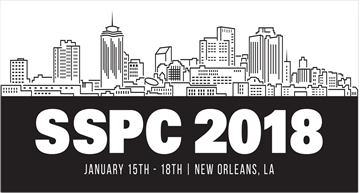Search
Highways & Bridges
View as
Sort by
Display
per page
Two-Coat Polyaspartic Urethane Coatings Protect Virginia Steel Bridges for Over a Decade
Product Number:
41216-994-SG
Publication Date:
2016
$20.00
Utilizing Polymer Technology to Avoid Moisture Problems
Product Number:
41206-237-SG
Publication Date:
2006
$20.00
When Size Does Matter: An In-Depth Analysis of Brooklyn Bridge Project Data to Determine the Most Efficient Size of Abrasive Blast Containment Units and the Workforce
Product Number:
41214-831-SG
Publication Date:
2014
$20.00




